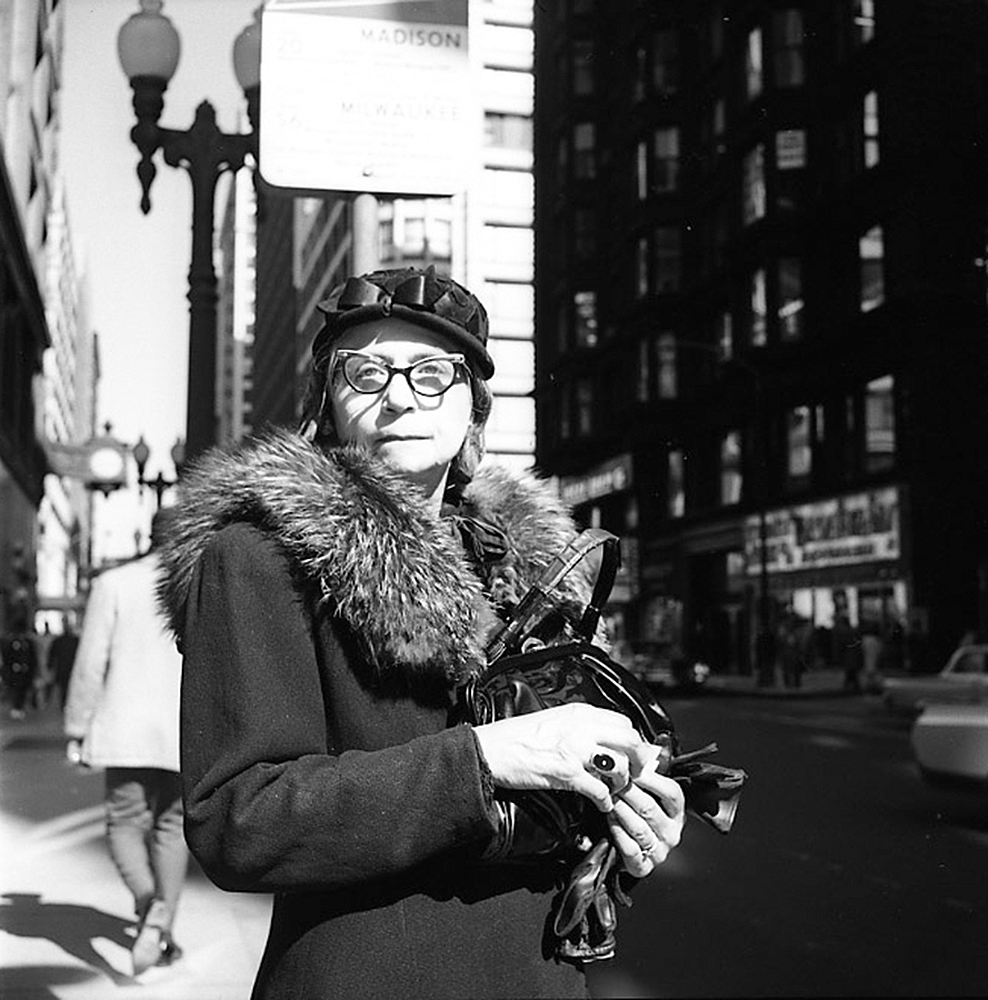
There is also the issue that if spaces are designed for other groups, then the space contains infrastructure that might not just be inappropriate for older people, but might actually physically or psychologically exclude older people. On some occasions, the exclusion is deliberate; increasing privatisation of space can design elements of the public realm to create more commercial interactions and comercial intersts of the landowner and tenants are placed above those of the individual. (...) An example might be a shopping centre or mall, to encourage use and spending, a sense of busyness is created, lack of benches and places to stop and dwell are found to drive people into shops and cafes and spend money. Ageist stereotypes may also work to keep older people out of certain public realm spaces that the landownder wants to keep looking young, vibrant and fresh. Across many western and developing cities, redevelopment and redesign of city centres, for example, are often geared around economic growth with the stereotypical view of a vibrant young wealthy workforce. Hence, homes and commercial space are at best developed for a mythical average person, a hypermobile worker with no dependents and at worst developed for the younger affluent wokrer, excluding the older person from living in that space." (Musselwhite, 2021)
- - - - - - - - - - - -
- Musselwhite, C. B. A. (2021). Designing Public Space for an Ageing Population: Improving Pedestrian Mobility for Older People. Emerald Publishing Limited.
- photograph by Vivian Maier via






















Interesting!
ReplyDeleteHighly appreciated, thanks!
DeleteHighly interesting, as always.
ReplyDelete